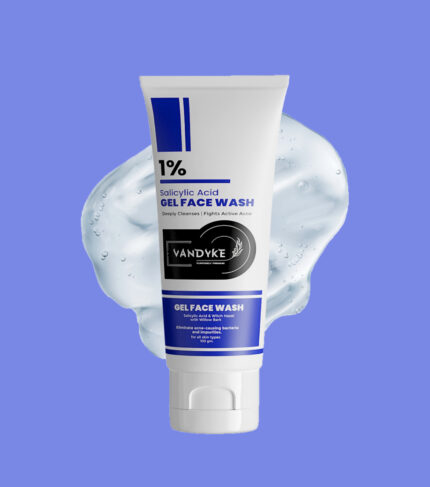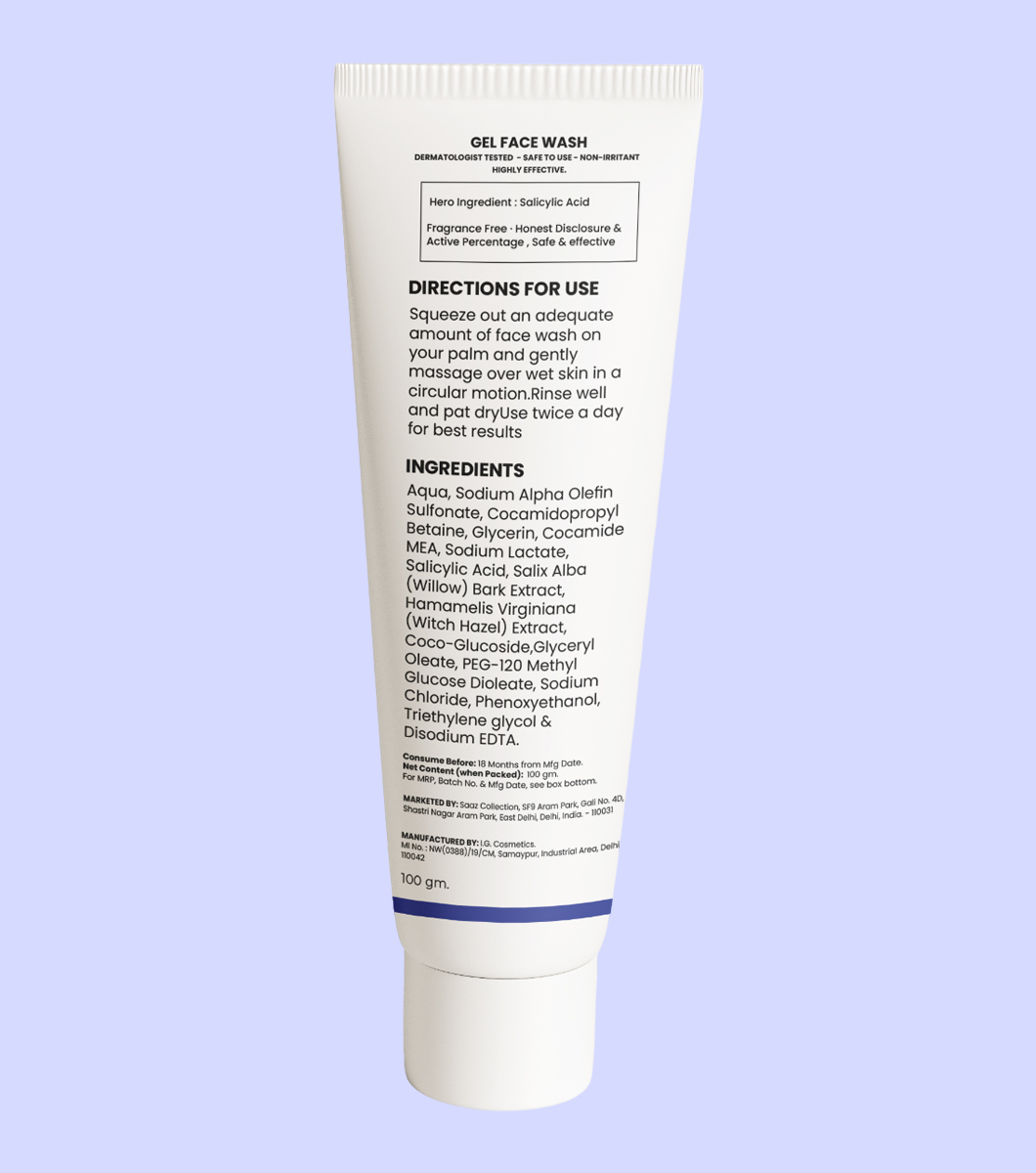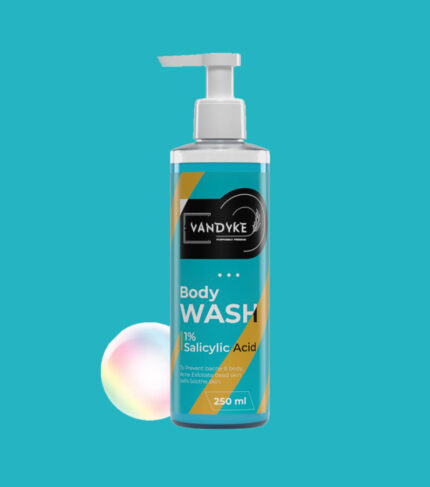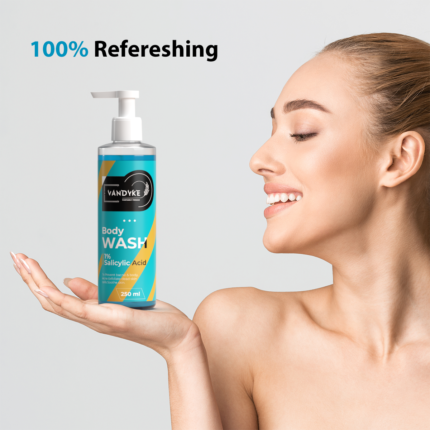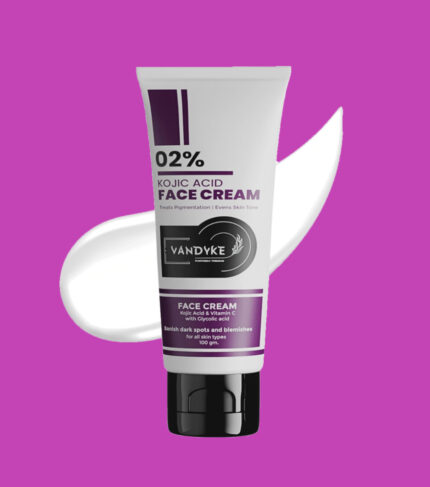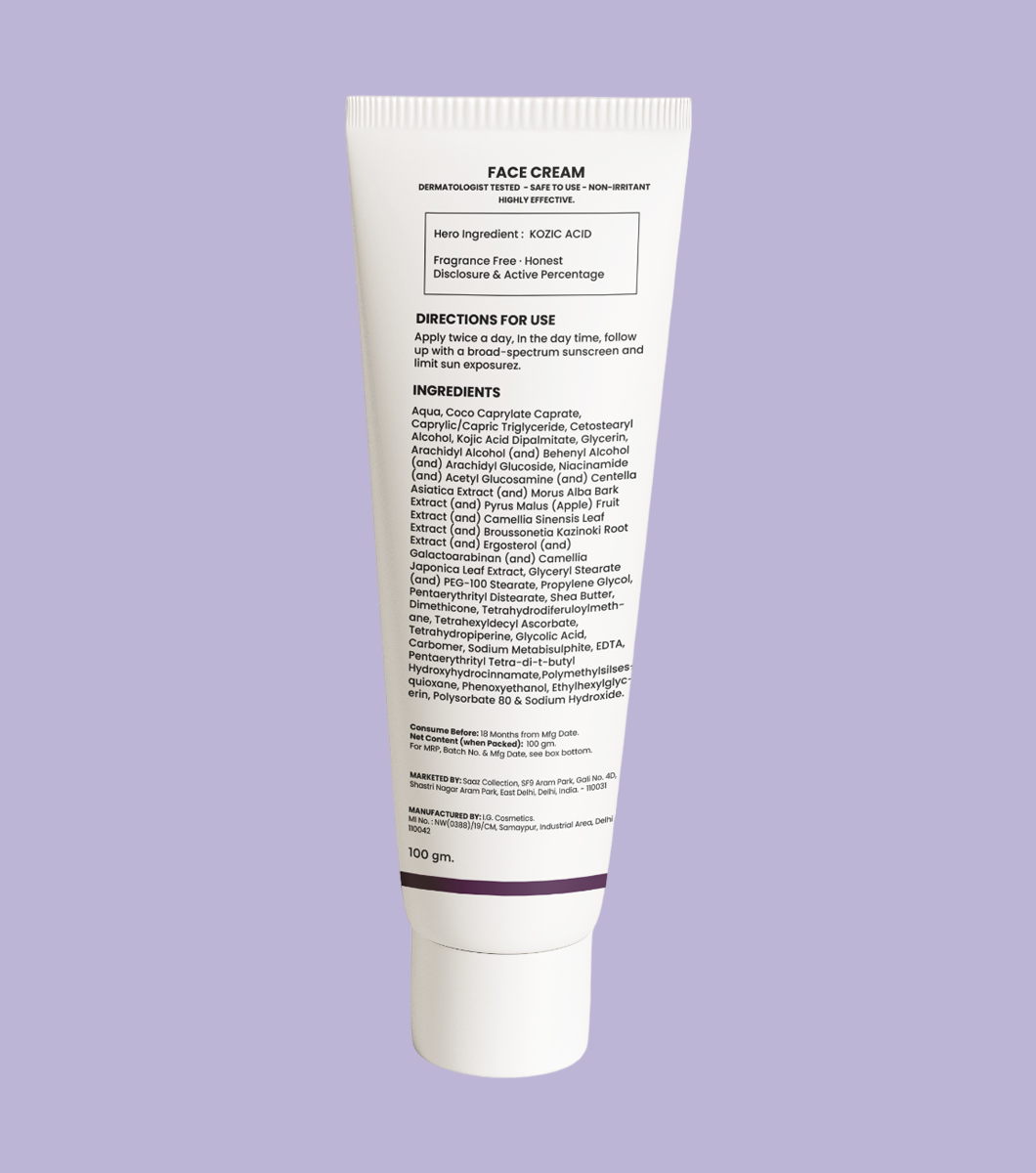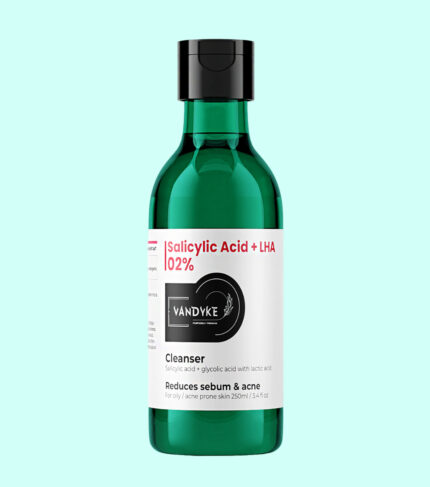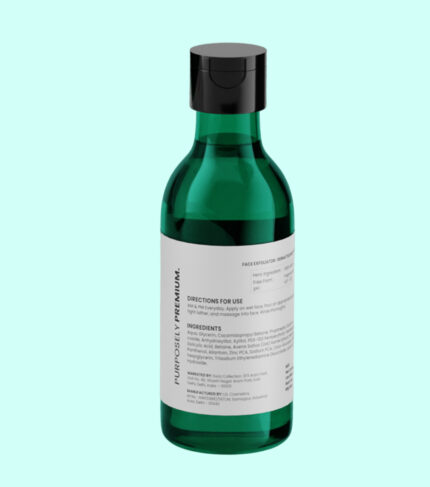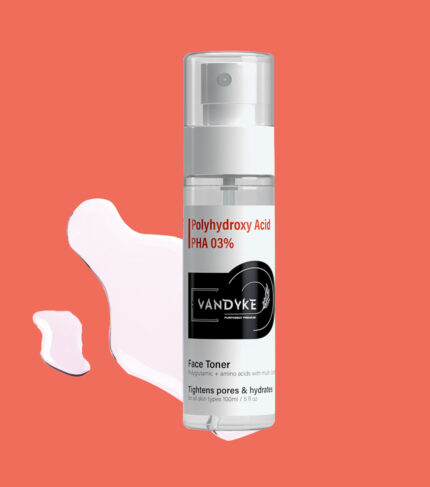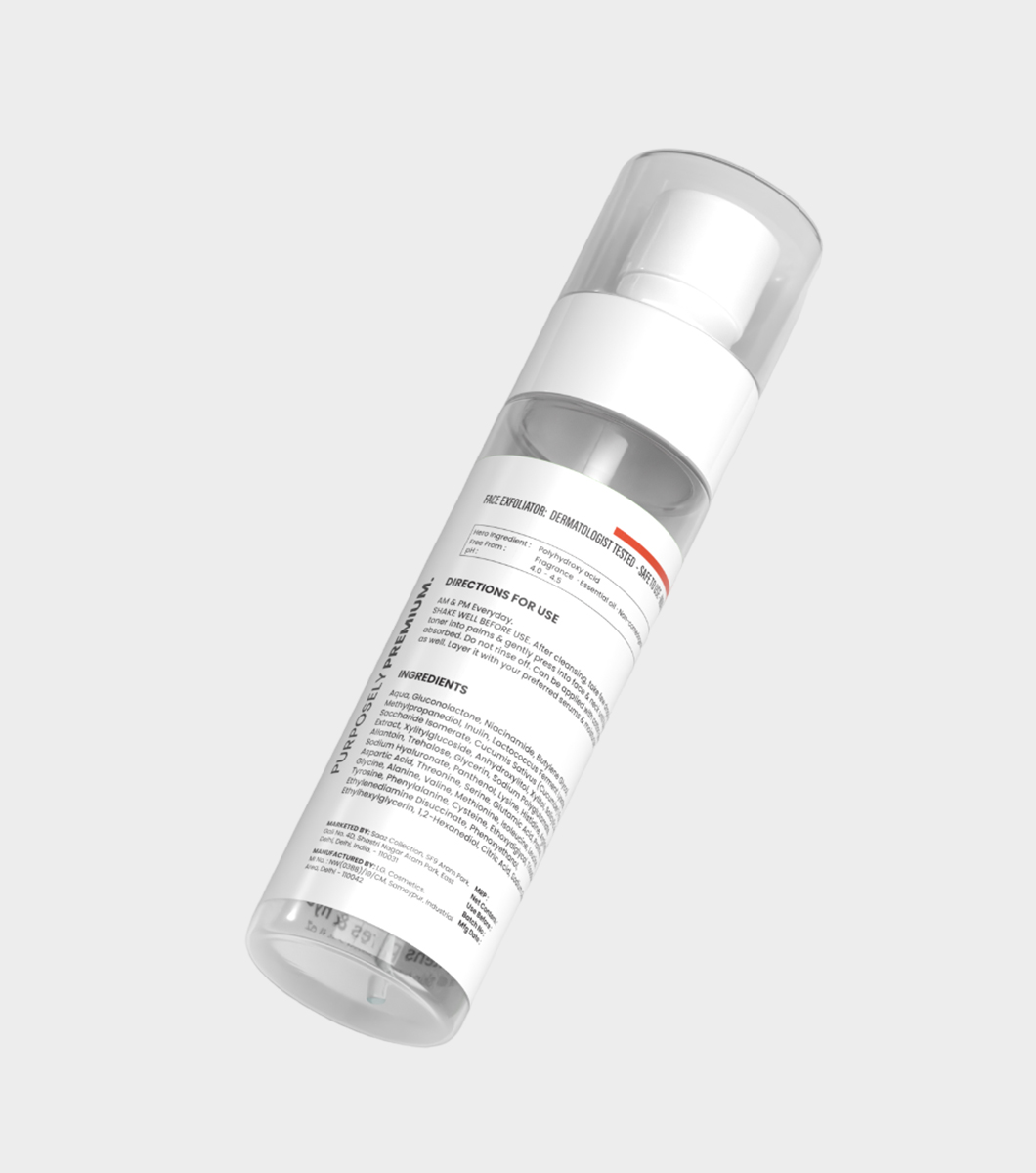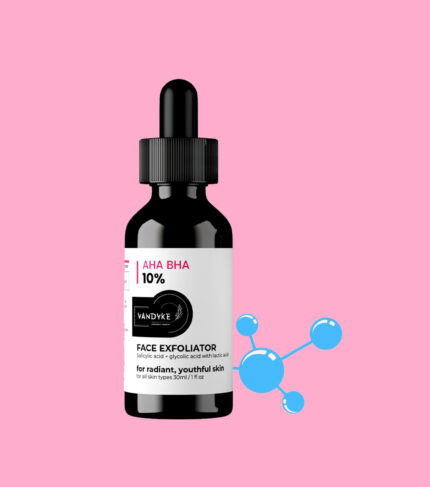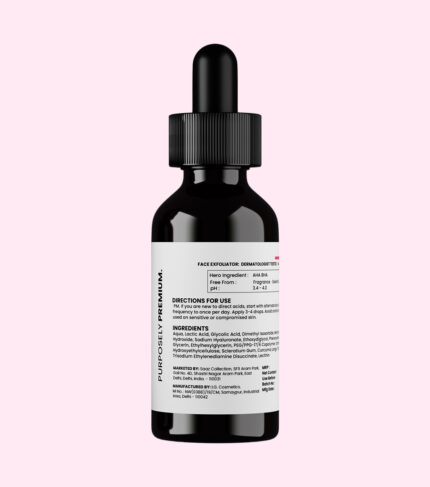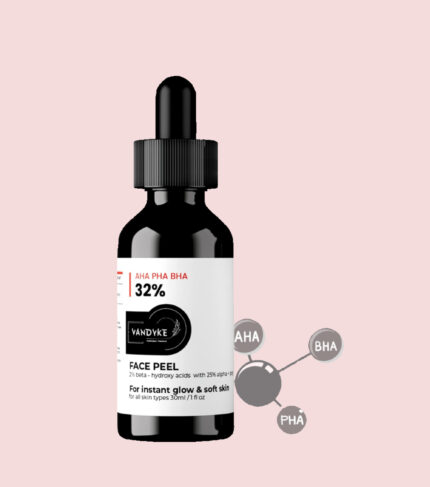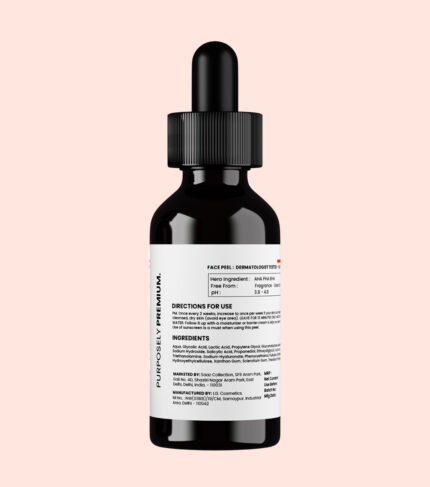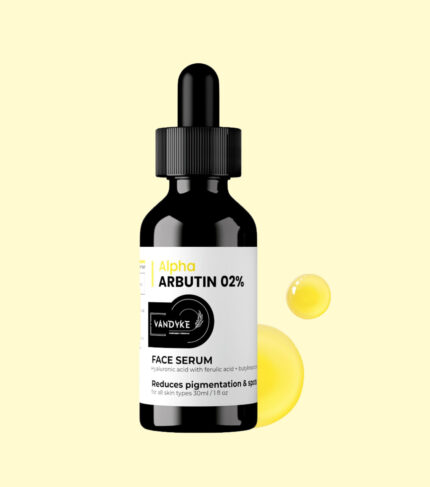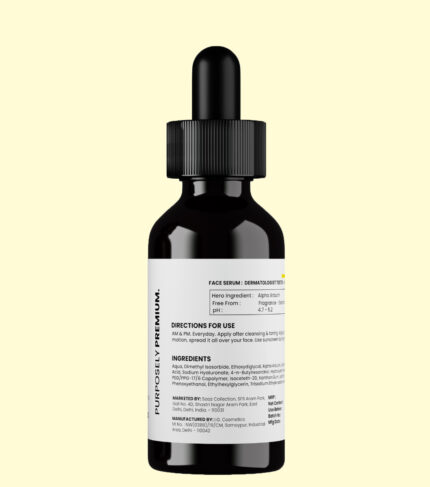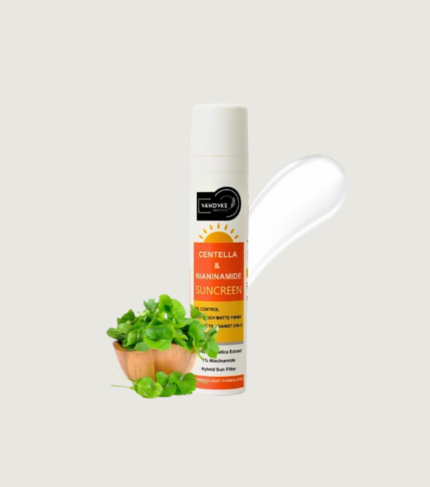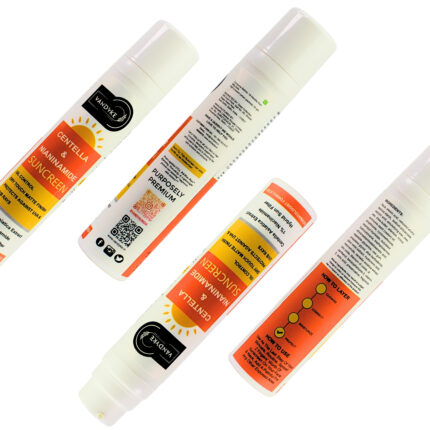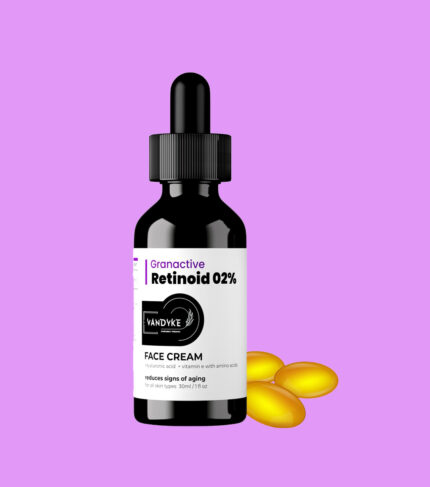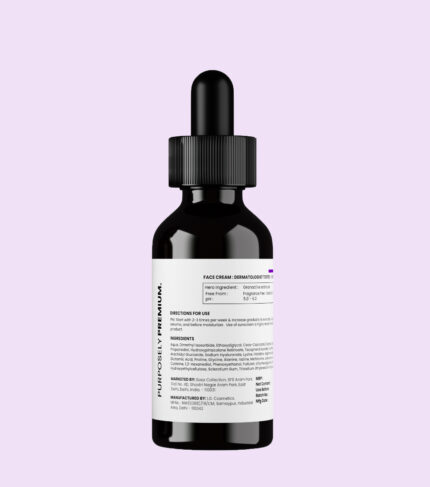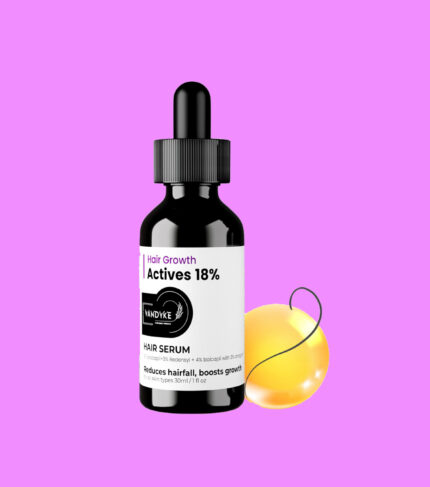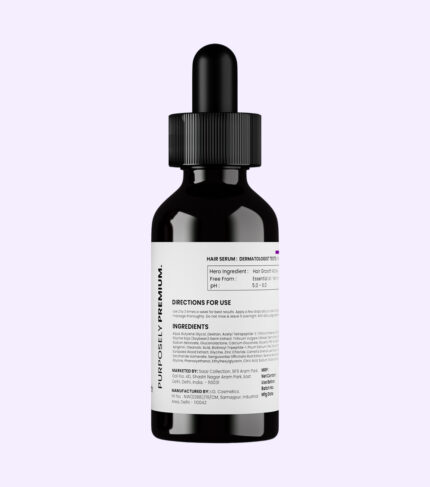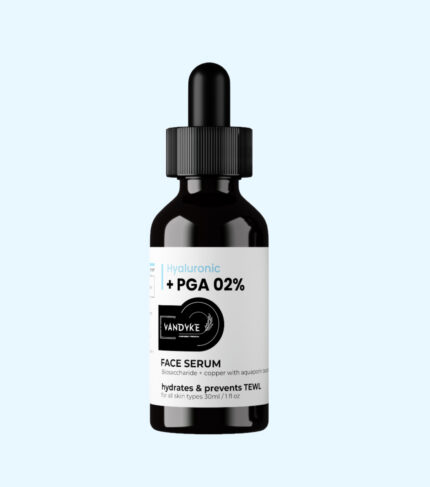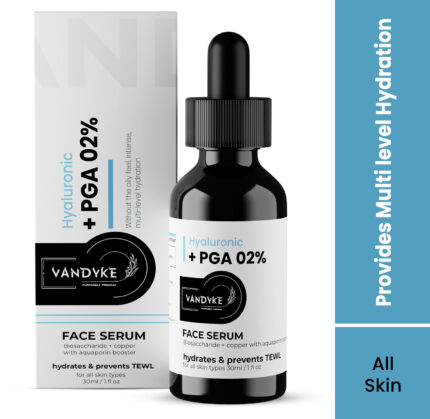Mandelic Acid or Niacinamide Which Is Better for Your Skin
Mandelic Acid or Niacinamide Which Is Better: Selecting between mandelic acid or niacinamide can be a subtle choice when it comes to skin care. Both ingredients offer special advantages for a range of skin-related issues. The alpha hydroxy acid mandelic acid is excellent for mild exfoliation, and the vitamin B3 form niacinamide is well known for its ability to address a wide range of skin issues. To choose the best option for an effective skin care routine, it is important to take into account the needs of the skin as well as its unique properties.
In order to make your decision between mandelic acid and niacinamide easier, this article will provide you with a number of factors to consider. Since they are both significant for the skin, you should first thoroughly research both of them. We have also gathered some crucial information for this article so you can determine which one is best for you. so let’s get going.
Mandelic Acid or Niacinamide: Which is Superior?
Due to its slow penetration into the skin, malic acid, an alpha hydroxy acid (AHA), is an excellent choice for sensitive and acne-prone skin. Because of this, it is the ideal acid for treating problems such as uneven skin tone and texture. For this reason, people may also prefer mandelic acid over niacinamide.
However, niacinamide 10% is a better acid for oily skin, so if you have oily skin, you should use it instead of mandelic acid. Research indicates that niacinamide is a potent component that aids in blocking the skin’s sebocytes from secreting, which lowers the amount of sebum produced on the face and lessens pore blockage and oiliness.
However, it is best to depend on your skin’s needs when choosing Mandelic Acid or Niacinamide.
What is Mandelic Acid Used for
Alpha hydroxy acid (AHA) from bitter almonds is called mandelic acid. It is well-known for gently exfoliating the skin to get rid of dead skin cells. It improves skin tone and texture by cleansing the body and producing more collagen.
Because it contains mandelic acid molecules, it slowly penetrates the skin without irritating it. Since it works on all skin types, you can use it in high concentrations without having to consider your skin type.
Mandelic acid treatment would be an excellent choice for skin conditions such as sun damage, acne, melasma, and hyperpigmentation.
What is Niacinamide Used For
It should not be surprising to hear that Niacinamide is also known as Nicotinamide, there are many derivatives of it which are available to the skin. It is a form of vitamin B3 and is likely found in animal and plant dietary supplements.
Niacinamide 10% is water soluble, so you should use it daily so that your skin can get its benefits.
Clinical evidence indicates that applying niacinamide-containing products to the face may improve skin texture, appearance, red spots, and hyperpigmentation. Additionally, it helps reduce wrinkles and yellowness of the skin, so if any of these issues are bothering you, it would be wise to try Niacinamide 10% in the niacinamide vs mandelic acid battle.
Niacinamide vs Mandelic Acid: Why is it Different?
(Niacinamide)
Niacinamide, another name for vitamin B3, is a water-soluble vitamin. It is a stable substance that doesn’t significantly alter in response to different environmental stimuli. Niacinamide 10% improves the general health of the skin and is used to treat a variety of skin issues, such as acne, redness, and hyperpigmentation. You won’t experience any kind of skin irritation when using it, as it is generally accepted to be good for all skin types, even those with sensitive skin.
(Mandelic Acid)
Alpha hydroxy acid (AHA) that comes from almonds is called mandelic acid. Compared to niacinamide, it is an acid and falls into a different chemical class. Mandelic acid is a gentle substitute for other AHAs in the treatment of facial acne and hyperpigmentation.
Because of its mild exfoliating qualities, it is thought to be appropriate for sensitive skin. For people who find other AHAs to be too harsh, it becomes a better option.
Can I Use Mandelic Acid and Niacinamide Together
Yes, it is clear that mandelic acid can be taken with niacinamide. It can provide a variety of additional benefits to the skin that using just one acid would not provide. Niacinamide helps soothe the skin, and this serum is good for reducing facial puffiness. Mandelic acid, on the other hand, can aid in skin care and exfoliation.
Mandelic acid or Niacinamide for Hyperpigmentation
Both mandelic acid and niacinamide may be helpful for hyperpigmentation; Each has its own benefits. As an alpha hydroxy acid, mandelic acid helps gently remove dark spots from the skin, stimulate cell turnover, and gently exfoliate the skin.
Similarly, the use of niacinamide helps reduce the visibility of hyperpigmentation without causing irritation on the skin. To remove dead skin cells from the skin and reduce the visibility of hyperpigmentation, it is best to opt for Tranexamic 03% Acid, which is a mixture of salicylic acid (0.3%) and mandelic acid (3%).
Niacinamide or Mandelic Acid for Acne
Mandelic acid is good for acne and gentle enough to exfoliate sensitive skin. Niacinamide strengthens the skin barrier by controlling oil production, reducing inflammation and providing a comprehensive approach to acne management. Niacinamide and mandelic acid together can provide balanced, effective results for clear and healthy skin.
Layering Mandelic Acid and Niacinamide
If you are planning to use them on the same day it is very important which one to take first, mandelic acid or niacinamide. Start with a thin consistency product like a niacinamide 10% face serum and then apply a layer of a thick consistency product like a mandelic acid or cream to your skin.
How To use Mandelic Acid
- Use 2% Salicylic Face Cleanser on your face so that you can clean your face.
- To ensure easy absorption, apply toner to the skin and let it sit for a while.
- Using your fingers, apply two to three drops of mandelic acid to your face and gently massage it in. Give it a full 20 minutes in this state.
- To increase your moisture levels, use Sepicalm 03% Moisturiser.
After toning, you can apply Tranexamic 03% Acid Serum, which has Mandelic acid added specifically to relieve redness, hyperpigmentation, melasma, and acne scars.
How To Use Niacinamide Serum
- First, wash your face; a gentle cleanser would be ideal.
- Apply two to three drops of Sepicalm 03% Moisturizer or Niacinamide.
- Alternatively, you can incorporate two or three drops of niacinamide into your moisturizer or use a niacinamide 10% serum as the primary ingredient on your face.
- To ensure optimal absorption, apply niacinamide to your face using your fingers and massage for 20 minutes.
- Use it every day in the morning and evening for best results.
Conclusion
In conclusion, the choice between mandelic acid and niacinamide depends on individual skin goals. Mandelic acid shines in gentle exfoliation, making it a favorite for sensitive skin, while niacinamide boasts versatile benefits, especially for oil control. Tailoring your selection to specific needs ensures a well-rounded routine, possibly combining both for a comprehensive approach to achieving glowing and healthy skin.
FAQs
Is mandelic acid or niacinamide better for acne-prone skin?
Mandelic acid is excellent for sensitive acne-prone skin due to its gentle exfoliation, while niacinamide addresses inflammation and oil control for a comprehensive solution.
Can I use Mandelic Acid with Niacinamide 10% and Hyaluronic Acid?
Yes, the combination of mandelic acid, niacinamide and hyaluronic acid is safe and beneficial. Mandelic acid exfoliates, niacinamide tackles acne, and hyaluronic acid hydrates, making for a balanced routine.
Can Mandelic Acid be used with Vitamin C?
Yes, but it is advisable to introduce them gradually. Mandelic acid and vitamin C both benefit the skin, but applying at different times may reduce the risk of irritation.
Which is better for treating hyperpigmentation – Mandelic Acid or Niacinamide 10%?
Both are effective, but the exfoliating properties of mandelic acid can help reduce hyperpigmentation, while niacinamide complements it by regulating melanin production and boosting skin tone.
Is Mandelic Acid Safe for Sensitive Skin?
Mandelic acid is suitable for sensitive skin due to its large molecular size, which provides gentle exfoliation without causing excessive irritation.
Does niacinamide help with redness and inflammation associated with acne?
Absolutely, Niacinamide 10% is known for its anti-inflammatory properties, making it effective in reducing redness and swelling associated with acne.
Can mandelic acid be used to prevent future breakouts?
Yes, the exfoliating action of mandelic acid helps unclog pores and prevent future breakouts, making it a valuable addition to an acne prevention routine.
Can I use niacinamide during the day and mandelic acid at night?
Yes, this dual approach can be effective. Niacinamide for oil control and inflammation reduction during the day, and mandelic acid for gentle exfoliation at night.
Are there any special precautions when using mandelic acid and niacinamide together for acne?
Start slowly to assess skin tolerance. If irritation occurs, consider reducing their use or consulting a dermatologist. Always use SPF 50 sunscreen during the day.


